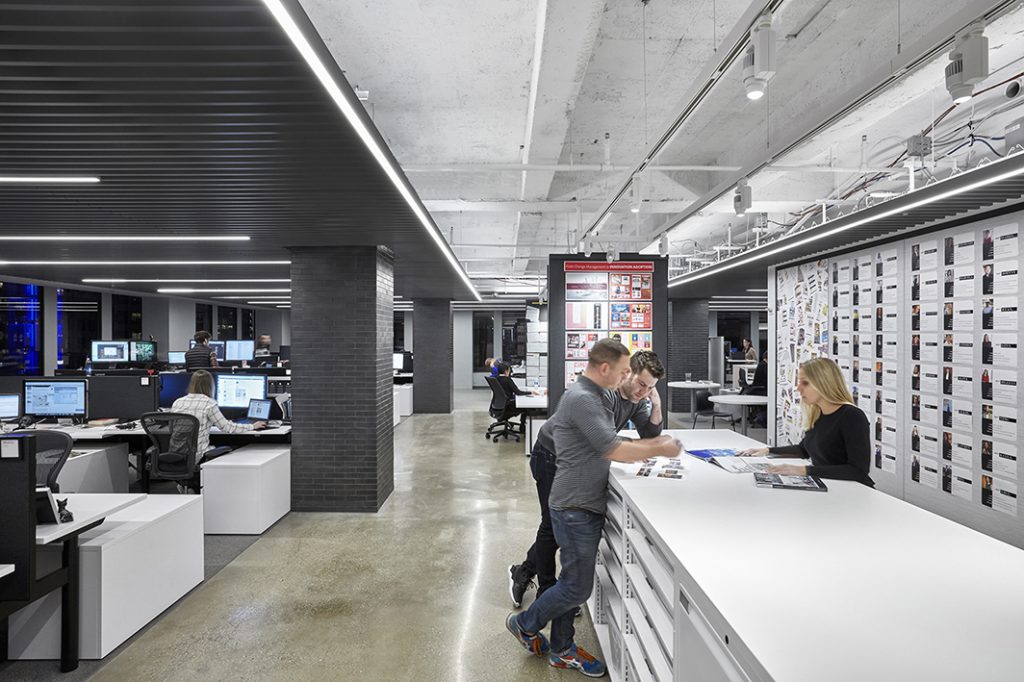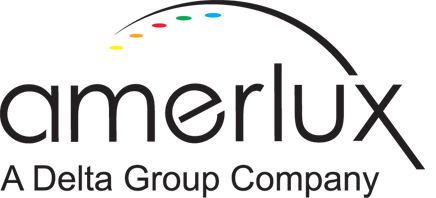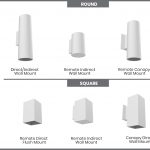How Lighting Ramps Up Office Productivity
 The lighting design of an office can have a huge impact on people’s mood, cognitive function and overall health—all of which have a significant impact on their work productivity.
The lighting design of an office can have a huge impact on people’s mood, cognitive function and overall health—all of which have a significant impact on their work productivity.
But facilitating peak productivity among employees with the “right” light requires more than investing in an LED tunable white lighting system, which adjusts to our daily circadian rhythms by automatically changing its intensity and color temperature throughout the day.
It requires the right design, with several intermixing variables, including:
- The right intensity and brightness,
- At the right time of day,
- In the right concentrations and locations in the office.
Let’s take a look at what you need to know to cross off each bullet and illuminate your office project in a way that will make employees feel better, look better and work better.
No More Sluggish, 2:30 Feeling with Tunable White Light
Cool-tuned lighting—that is, lighting with color correlated temperatures (CCTs) between 5000K and 7000K—mimics the bright blue sky on a sunny day and brings natural-quality light indoors.
This bluish-white light is effective at suppressing melatonin secretion, the hormone that makes us feel tired when the sun goes down. It stimulates alertness and makes us feel cognitively sharper.
On the flip side, warmer light—like candlelight and dim incandescent lighting below 3000K—acts as the setting sun. It signals to our tells our bodies that it is time to start winding down.
Knowing that, setting a schedule that mirrors the sun would work best. A general lighting schedule for such an office, open between 9 a.m. and 5 p.m., would look something like this:
| Time of Day | CCTs |
| 9 a.m. – 11 a.m. | 6500K |
| 11 a.m. – 1 p.m. | 3000-4000K |
| 1 p.m. – 2 p.m. | 6500K |
| 2 p.m. – 5 p.m. | 3000-4000K |
Starting the general office lighting with cool light in the morning and warming up towards lunch maximizes morning productivity. Resetting the cycle with a blast of blue light after lunch prevents the mid-afternoon slump.
Warmer light at the end of the day prepares employees to close shop for the day
Keep in mind that spaces around the office that do not require high concentration among employees can always have a CTT temperature below 3000K. These types of areas include bathrooms, kitchens and breakrooms, all areas where a more relaxed, easy-going atmosphere is desired.
Different Lighting for Different People
There are other factors to consider when properly lighting an office, not just the time of day and the metrics to mirror its brightness and intensity.
In fact, it is equally critical to know what a space will be used for when designing its lighting. If a room has a defined purpose, it is easier to design a lighting plan for it.
Once you know a room’s purpose, the next step is to determine what kind of task lighting is best to support the room’s function.
Examples of task lighting range from the specialty or adjustable desk lamps, under shelf/cabinet lighting and certain types of ceiling-mounted downlights.
Whichever light is used, it should be adjustable by individual users and provide adequate light to accomplish the task and proper contrast levels.
Also, consider adding ambient lighting for general illumination. Indirect light fixtures are an ideal choice for ambient lighting—they put a soft wash of light on the walls and ceiling, so the room does not look or feel like a cave.
Another layer is decorative and accent lighting to accentuate architectural features and add a touch of flair.
Also, consider vertical lighting. The days of people working at desks barren of electronics and always looking down at horizontal surfaces are long gone. Today, it’s all about computers and always looking vertically. Options for vertical lighting often involve lower ambient lighting with brighter task lighting that people can adjust.
Having multiple layers of lights increases comfort and eliminates unnecessary glare and shadows.
If you only have a big light source in the ceiling, you cannot adjust your lighting much. With layered lighting, however, you can adjust individual task lights and ambient lighting levels as needed, customizing it as you see fit.
Controls
That brings us to one last key ingredient: controls.
Human-centric lighting systems rely on controls to change the lighting throughout the day. That is perfect for employees who have different needs and preferences at different times.
Employees appreciate being able to adjust the environments around them, lighting included. It increases job satisfaction, productivity and general comfort.
Presets
While it is important to give users the ability to control their lighting, there must be a balance, so the carefully designed human-centric lighting system is not overridden by the building users.
A good way to manage controls for offices is to leverage presets, which are especially useful with a white-tuned system.
With presets, users can choose from a range of color temperatures and intensities for different purposes to temporarily override the system.
For example, a brainstorming meeting may work better under a “focus” preset that features high CCT, such as 6500k, and high illuminance (e.g. 500 to 1000 lx). A more confrontational meeting—such as a contract negotiation—would do better with a “calm” preset that had low CCT (e.g. 2700k) and low illuminance (200 to 300 lx).
Dimmers
Aside from presets, it is also good practice to put dimmers on the lights. If you cannot install dimmers on all lights, consider installing them on individual task lighting.
Current controls make LEDs more flexible and versatile than any other light source. By changing nothing in a space or room other than the light with simple control, you can have a focused workspace in the morning, a café for team lunches and a pump-up meeting in the afternoon.
Want to learn more?
To learn more about how an office’s lighting design can alter its workforce’s productivity, read: “Four Examples of How Tunable Lighting Improved Workspace Productivity.”



